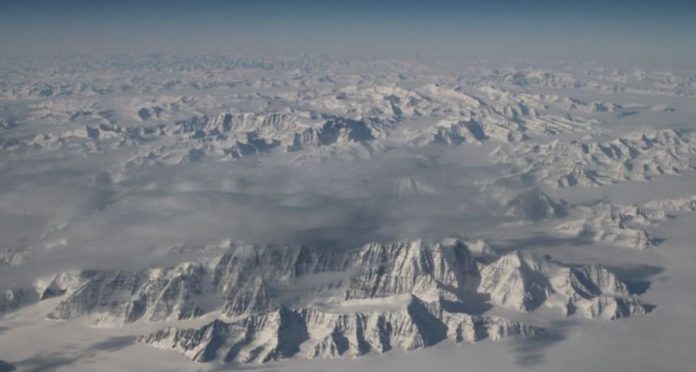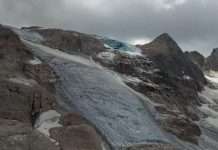
Aug. 29 (UPI) — The melting of the Greenland ice sheet could cause a devastating sea level rise of nearly a foot, according to a new study.
The study, published Monday in the journal Nature Climate Change, found that an inevitable 3.3% loss in ice sheet volume would lead to a contemporary sea level rise of around 11 inches “regardless of 21st-century climate pathways.”
“This is a result of increasing mass turnover from precipitation, ice flow discharge and meltwater run-off,” the study reads.
The melting of the Greenland ice sheet is one of the largest sources for modern sea level rise and emerged after the 1980s from increases in surface meltwater runoff and ice flow discharge.
The researchers, led by Jason Box of the Geological Survey of Denmark and Greenland in Copenhagen, based their research on more than two decades worth of measurements, rather than models, which allowed them to account for the “absolute lower bound for what’s to come.”
“Even if the whole world stopped burning fossil fuels today, the Greenland Ice Sheet would still lose about 110 quadrillion tons of ice,” researchers said in a press release from the Geological Survey of Denmark and Greenland.
“It is a very conservative rock-bottom minimum. Realistically, we will see this figure more than double within this century,” Box said a press release.
“In the foreseeable scenario that global warming will only continue, the contribution of the Greenland Ice Sheet to sea level rise will only continue increasing.”
The researchers said melting could be much worse, and raise sea levels by more than 2.5 feet, if the data from the high-melt year of 2012 was applied in perpetuity.
The study appears to show larger numbers than previous studies that relied on advance computer modeling that factored in changes in global greenhouse gas emissions, they said.
Instead, the researchers examined the so-called snow line of the ice sheet that marks the boundary of where melting typically occurs on the glacier.
“The snow line varies from one year to the next, depending on the weather conditions. A hot summer may mean that the boundary moves further up the ice sheet, thus increasing the melt area and with it the amount of ice melting from the surface that year,” GSEU researchers said.
“In colder years, the melt area can decrease, pushing the snow line down towards the ice edges allowing less mass to be lost.”
A study from the National Ocean Service released earlier this year found that flooding in the United States would occur five times more often by 2050 if sea levels along the coasts rose by an average of 10 to 12 inches.





